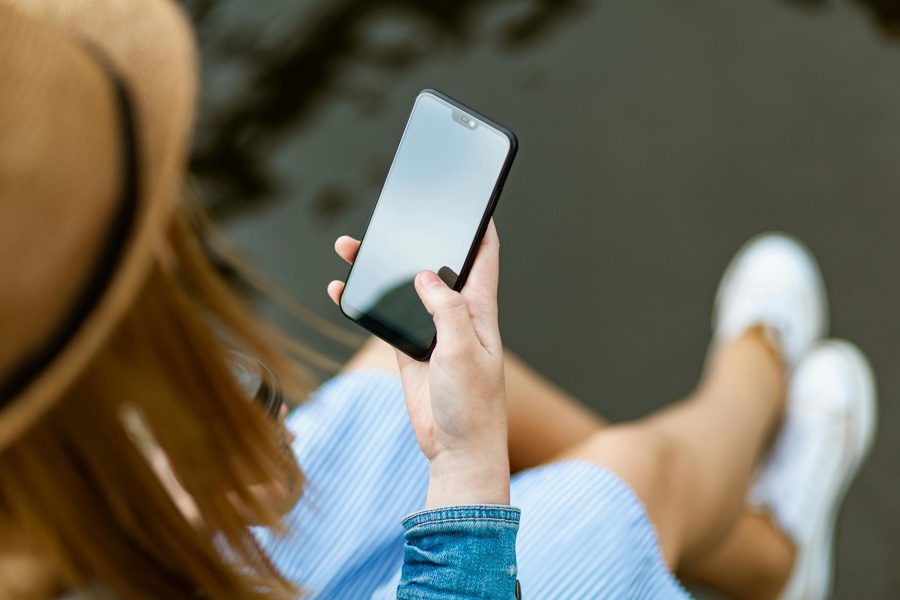If you’ve ever tried to connect your Android phone to your computer to transfer files, you may have been frustrated to find that it doesn’t work automatically like it used to. In older versions of Android, plugging in your phone would mount its storage so you could easily access your files. But in recent versions, Android defaults to No data transfer mode when connected via USB for improved security.
Luckily, it’s easy to change this default behavior so that your Android phone connects in file transfer mode when you plug it into your computer. This allows you to conveniently transfer photos, videos, documents and other files between your phone and PC without extra steps each time. Here’s how to enable file transfer mode by default on your Android device:
Step 1: Enable Developer Options
The setting to change the default USB behavior is hidden in the Developer Options menu on Android. To access this menu, you first need to enable it:
- Open the Settings app on your Android phone
- Scroll down and tap About phone
- Find the Build number field and tap it 7 times in quick succession
- Enter your lock screen PIN or password if prompted
- You should see a message saying You are now a developer!
The location of the Build number field varies between phone brands and Android versions. On Samsung Galaxy phones, look in Settings > About phone > Software information. On other brands, it’s usually at the bottom of the About phone screen.
Step 2: Change the Default USB Configuration
Now that Developer Options are enabled, you can change the default USB mode:
- Go to Settings > System > Advanced > Developer Options
- Scroll down to the Networking section
- Tap Select USB Configuration
- Choose File Transfer from the list of options
On some phones, the Select USB Configuration option may be located in the Default USB Configuration section instead of Networking.
Your phone will now default to File Transfer mode whenever you connect it to a computer via USB. The first time you plug it in after changing this setting, you may see a notification asking you to allow access. Tap Allow to enable your computer to access your phone’s files.
Step 3: Transfer Files
With file transfer enabled by default, it’s easy to move files between your Android phone and computer:
- Connect your phone to the PC with a USB cable
- On Windows, open File Explorer and select your Android phone from the list of devices
- On Mac, open Finder and look for your Android phone in the Locations section
- Browse through your phone’s storage and copy files to or from your computer
Some phone brands, like Samsung and OnePlus, offer their own software to manage files and data on your phone from your computer. You can use third-party tools like AirDroid as well. But with file transfer mode as the default, you can also use the built-in file browsers on Windows and macOS.
Conclusion
Enabling file transfer mode by default on your Android phone makes it much more convenient to access your phone’s storage from your computer. Instead of changing the USB mode every time you plug in, your phone will be ready to transfer files immediately.
Changing this setting is a bit hidden in Developer Options, but it only takes a minute to enable. The hardest part is remembering to tap the Build number 7 times! Once you’ve turned the setting on, you can plug your phone into your PC and transfer files whenever you need without any extra steps.
So if you frequently move photos, videos, music, or documents between your Android phone and computer, save yourself some time and enable file transfer mode by default using the steps in this guide. It’s a small change that makes a big difference in convenience when copying files via USB.

Leave a Reply